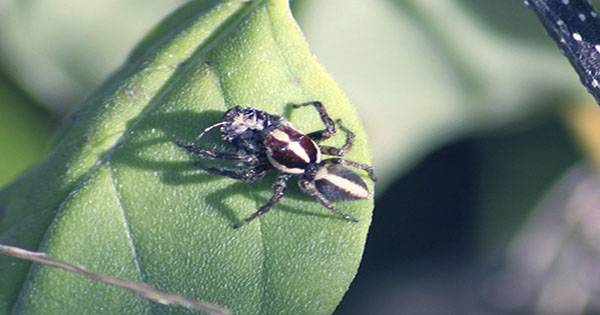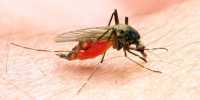With their eight eyes, the terrifying power to kill, and the tendency to occasionally turn entire cities into hell, the spider is not generally known as one of nature’s offerings. There are exceptions though: the jumping spider, which some spider haters may agree on, is the most adorable little bouncy fuzzball. And a new study published yesterday in the Journal of PLoS Biology has given us a new reason to love cunning creepy crawls. They perceive electronic motion: possessing ability previously unknown in electronic smell.
To understand what biological motion perception is, take a look at the video below. Did you see perhaps, a bunch of human personalities do different things: walking, crawling, jumping, and much more? Groups of dots revolve around the screen almost randomly, except for what you see. What made your brain feel like a human being is a fact that the visual cues – the points placed at the locations of the various joints in the “body” – were strategically placed and importantly kept at a constant distance from each other. Such semi-rigid patterns are called biological motions because they mimic the movements of living creatures.
Animals, including humans, instinctively interpret this kind of motion as related to something alive – an ability that has been important to our survival throughout history. However, despite being an evolutionarily ancient feature, it is still displayed in the spine. That is until now. “The presence of biological motion-based detection systems in spider jumps deepens questions about the evolutionary origins of this visual processing technique,” the researchers wrote. “[It] opens up the possibility that such a process is widespread throughout the animal kingdom and not necessarily related to socialization.”
To test the spidy senses, the team caught 60 jumping spiders and showed them a pair of point-light display animations – similar to the video above, but with other spiders instead of humans. Some of the animations were realistic, some were “scumbled” – artificially created, and not based on any living thing, yet maintained this semi-rigid movement – and displayed a random display that would not mimic biological movement.














